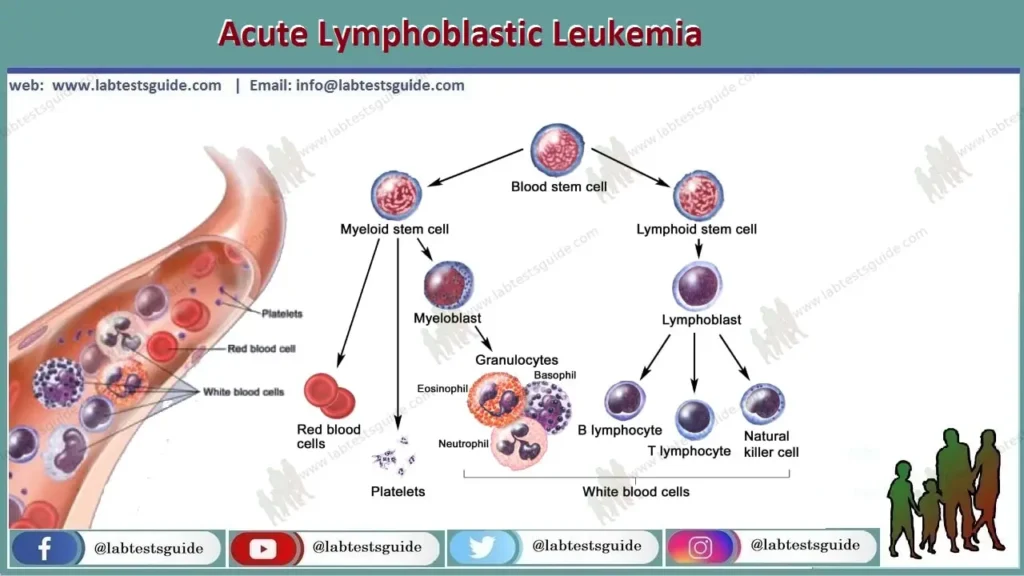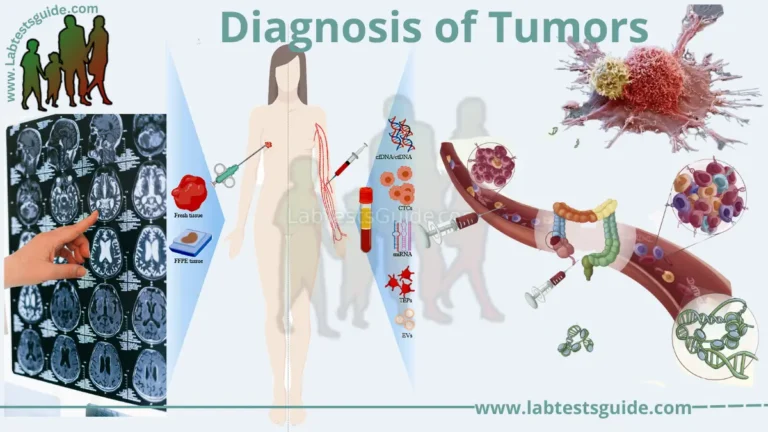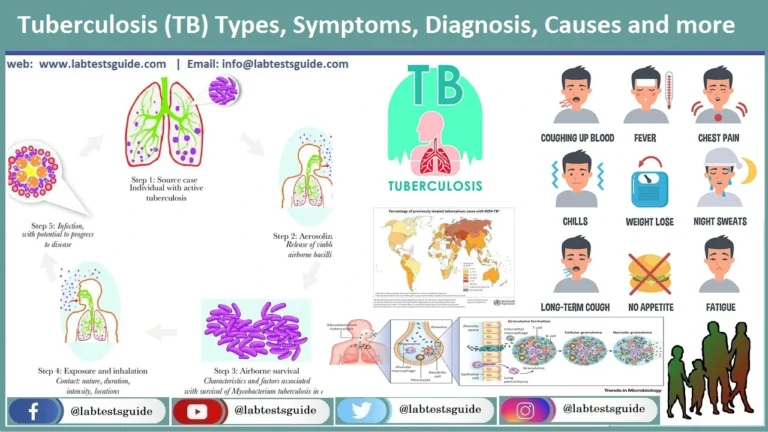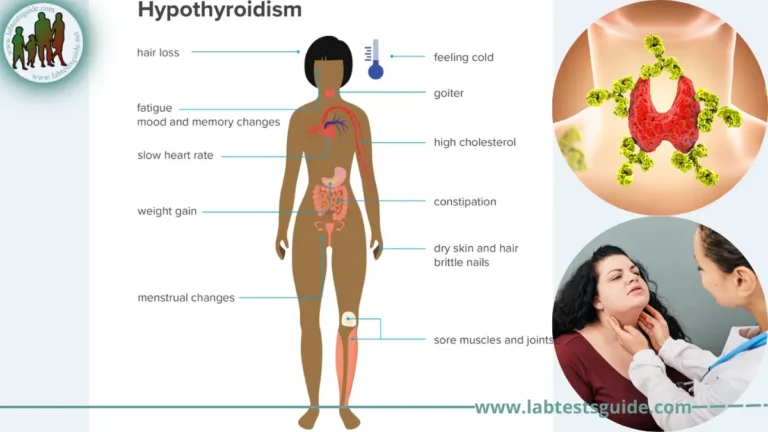Acute lymphocytic leukemia (ALL) is a type of cancer of the blood and bone marrow, the spongy tissue inside bones where blood cells are made.
The word “acute” in acute lymphocytic leukemia comes from the fact that the disease progresses rapidly and creates immature, rather than mature, blood cells. The word “lymphocytic” in acute lymphocytic leukemia refers to the white blood cells called lymphocytes, which are affected by ALL. Acute lymphocytic leukemia is also known as acute lymphoblastic leukemia.

Leukemias List
- APML – Acute Promyelocytic Leukemia
- AGL – Acute Granulocytic Leukemia
- ALL – Acute Lymphatic Leukemia
- ALL – Acute Lymphocytic Leukemia
- AMEL – Acute Megakaryoblastic Leukemia
- AMML – Acute Myelomonocytic Leukemia
- AML – Acute Monocytic Leukemia
- AML – Acute Myeloblastic Leukemia
- AML – Acute Myelogenous Leukemia
- AML – Acute Myeloid Leukemia
- APL – Acute Promyelocytic Leukemia
- AMOL – Acute Monocytic Leukemia
- AUL – Acute Undifferentiated Leukemia
- tAPL – Therapy-Related Acute Promyelocytic Leukemia
- ABL – Acute Basophilic Leukemia
- ABL – Acute Biphenotypic Leukemia
- M3 – acute promyelocytic leukemia
- t-APL – therapy-related acute promyelocytic leukemia
- AProL – acute promyelocytic leukemia
Signs and Symptoms :
Signs and symptoms of acute lymphocytic leukemia may include:
- bleeding gums
- Bone-ache
- Fever
- frequent infections
- Frequent or severe nosebleeds
- Lumps caused by swollen lymph nodes in and around the neck, armpits, abdomen, or groin
- Pale skin
- Difficulty breathing
- Weakness, fatigue, or a general decrease in energy
Causes of Leukemia:
Acute lymphocytic leukemia occurs when a bone marrow cell develops changes (mutations) in its genetic material, or DNA. A cell’s DNA contains the instructions that tell it what to do. Normally, the DNA tells the cell to grow at a certain rate and to die at a certain time. In acute lymphocytic leukemia, the mutations tell the bone marrow cell to continue growing and dividing.
When this happens, blood cell production goes out of control. The bone marrow produces immature cells that develop into leukemic white blood cells called lymphoblasts. These abnormal cells cannot function properly and can build up and crowd out healthy cells.
It’s not clear what causes the DNA mutations that can lead to acute lymphocytic leukemia.
Risk factor’s:
Factors that can increase the risk of acute lymphocytic leukemia include:
- Previous cancer treatment. Children and adults who have received certain types of chemotherapy and radiation therapy for other types of cancer may be at increased risk of developing acute lymphocytic leukemia.
- Exposure to radiation. People exposed to very high levels of radiation, such as survivors of a nuclear reactor accident, are at increased risk of developing acute lymphocytic leukemia.
- Genetic disorders. Certain genetic disorders, such as Down syndrome, are associated with an increased risk of acute lymphocytic leukemia.
How to Diagnose:
If your doctor suspects leukemia, he or she may do tests, including:
- Blood test. A complete blood count (CBC) shows how many of each type of blood cell you have. A peripheral blood smear looks for changes in the appearance of your blood cells.
- Bone marrow tests. Your doctor will insert a needle into a bone in your chest or hip and remove a sample of bone marrow. A specialist will look at it under a microscope for signs of leukemia.
- Imaging tests. X-rays, CT scans, or ultrasounds can tell your doctor if the cancer has spread.
- Lumbar puncture. This is also known as a lumbar puncture. Your doctor will use a needle to take a sample of the fluid around your spinal cord. A specialist can examine you to see if the cancer has spread to the brain or spinal cord.
Possible References Used







One Comment